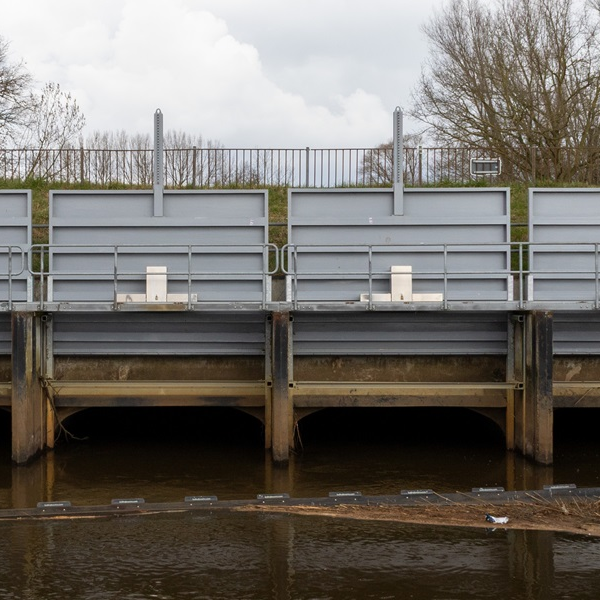Replacing antique water passages under modern constraints

Replacing antique water passages under modern constraints
It sounds like a simple task: replace fifteen water passages consisting of siphons and culverts under the Wilhelmina and Zuid-Willemsvaart canals. But the condition of these passages demands that they be replaced without delay. Other constraints also exist, and they vary from one passage to the next.
The culverts and siphons that need replacing were installed in the early twentieth century, with the oldest dating back to 1907. They urgently need replacing to ensure water security as well as the flow of water in neighbouring streams. This flow is essential for a good level of water quality, the supply and discharge of water in dry and wet periods, and healthy (aquatic) fauna and flora.
Complex task
For Rijkswaterstaat, Witteveen+Bos is conducting a planning study and providing services related to contract preparation and tender supervision. But the project also involves many other stakeholders: two water authorities, landowners, cable and pipeline operators, and various municipalities.
This contributes to making a seemingly simple task more complex. For the planning study, various parties are providing data which forms the basis for designs and design variants. By visualising this data digitally and in real time, a thorough overview of the difficulty involved for each passage can be obtained.

Local factors
The project’s complexity is further increased by factors in the respective surrounding areas, such as space limitations, environmental concerns (e.g. biodiversity, nitrogen), and nearby infrastructure. An additional challenge is that the new culverts and siphons must be installed close to the existing passages so that connections to the local water system are maintained.
Not all passages are subject to the same constraints. Some, for example, are located near Natura 2000 sites, which imposes restrictions on nitrogen emissions. Differences also exist in terms of ecology, depending on which species have been identified at the respective locations.

Fish routes
The required technical specifications of each water passage are also influenced by its function. Some siphons, for example, act as fish route connections. This has consequences for the diameter and walls of the passages. If the diameter is too small, then the high speed at which the water flows through it will cause problems. The water also needs to be sufficiently deep to accommodate the fish. Finally, roughening some of the siphon’s walls slightly will also help prevent excessively fast water flows.

Ranking
Not all of the passages pose equally complex challenges. For this reason, we compared and ranked them. This allows the client to prioritise the different replacement tasks. The least complex tasks will be carried out first so that these passages can be replaced as soon as possible, ensuring water quality and security in the foreseeable future. The replacement works will commence in 2027.
More information?
